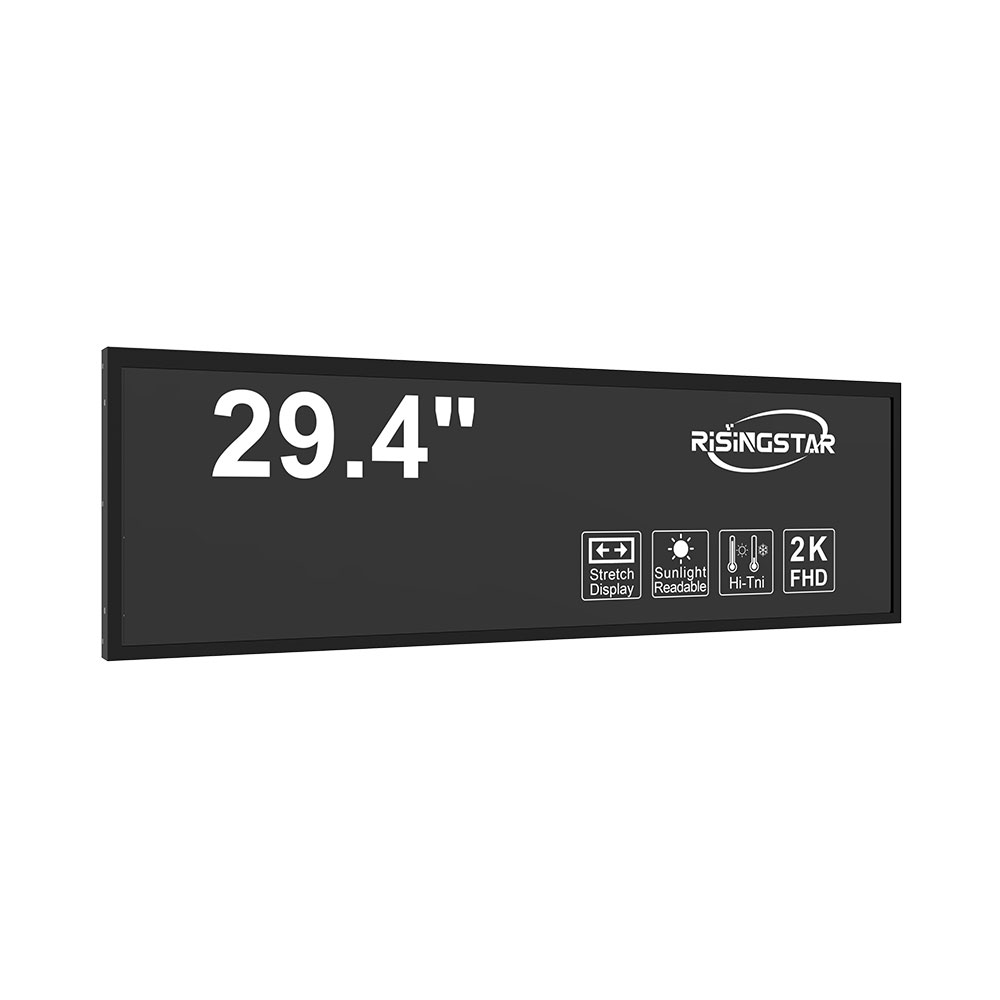- Home
- About Us
- Products
- News
- Video
- Contact
- Send Inquiry
Search
- Home
- About Us
- Products
- News
- Video
- Contact
- Send Inquiry

When selecting an outdoor LCD screen for industrial equipment applications, overseas equipment manufacturers and distributors must prioritize durability, visibility, and environmental resilience. Unlike indoor displays, outdoor screens are exposed to extreme temperatures, humidity, direct sunlight, and mechanical stress—factors that demand rigorous engineering standards.
First, consider brightness. According to the Society of Motion Picture and Television Engineers (SMPTE), outdoor displays must achieve at least 5,000 nits of peak brightness to remain legible under direct sunlight. Many industrial-grade outdoor LCDs exceed this threshold, offering 7,000–10,000 nits for high-visibility performance in harsh environments such as construction sites, mining operations, or agricultural machinery.
Second, evaluate the display’s IP rating. For outdoor use, an IP65 or higher is essential—it ensures protection against dust ingress and water jets from any direction. In regions with frequent rainfall or coastal exposure, IP68 certification adds a layer of waterproofing, making it ideal for marine or offshore applications.

Third, assess the operating temperature range. Industrial LCDs used in cold climates must function reliably from -30°C to +70°C, while those in desert environments should withstand up to +80°C without thermal shutdown. Leading manufacturers like LG Display and AU Optronics offer wide-temperature panels tested per IEC 60068-2 standards.
Additionally, power efficiency and long-term reliability matter. Low-power consumption reduces heat buildup—a key factor in maintaining display longevity. Many modern outdoor LCDs incorporate LED backlighting with intelligent dimming technology, improving energy efficiency by up to 40% compared to older CCFL models.
Finally, integration compatibility is critical. Manufacturers must ensure the screen supports standard interfaces such as HDMI, LVDS, or USB-C for seamless integration into existing control systems. For IoT-enabled equipment, PoE (Power over Ethernet) support simplifies installation and reduces wiring complexity.
Case studies from global clients—such as a European heavy machinery OEM using 1000-nit LCDs in excavators operating in Scandinavia—demonstrate that investing in certified outdoor displays not only improves uptime but also lowers total cost of ownership.
By aligning technical specifications with real-world operational demands, overseas manufacturers can future-proof their equipment and enhance customer satisfaction across diverse geographic markets.